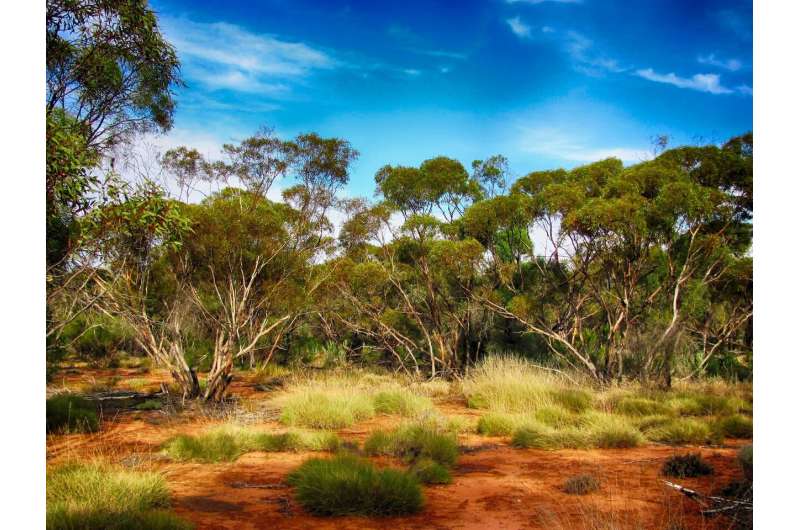Aussie love for animals leaves plants at risk of extinction

When Australian's think of threatened species, we tend to think of cute, cuddly animals like koalas, kangaroos or wombats. Even our vibrant native birds get their own popularity contest thanks to Guardian Australia's Bird of the year poll, but where do plants feature in all of this?
According to a study recently published in the Australian Journal of Botany, our love of Aussie animals—called Zoocentrism—means that plants are under-represented in extinction risk databases compared with more charismatic groups of animals such as mammals and birds. Australia has the highest proportion of unique plant species which occur nowhere else in the world so, this shortfall in extinction risk-assessments for plants is a matter of global significance.
Macquarie University's Matthew Alfonzetti, lead author of the paper "Shortfalls in extinction risk assessments for plants," explains: "Assessing extinction risk is a crucial aspect of prioritizing species for conservation management, recovery planning, and legislative protection.
"Our findings, although unsurprising, draw attention to a critical issue that threatens our ability to protect plant diversity and all dependent organisms, including ourselves. In light of the current global biodiversity crisis, coupled with Australia's recent and projected catastrophic bushfire seasons, droughts, and other worsening stressors, the need for understanding threats to plants has never been greater."
Researchers generated a list of 15,544 plant species found exclusively in Australia, and through analyses of three diverse risk assessment resources, explored how many have had a risk assessment as well as the outcomes of those assessments.
Only 7–24% of endemic Australian plants have an extinction risk assessment. In comparison, 29–61% of endemic mammals have been assessed.
"There is a clear bias in the completion of risk assessments used to list species as threatened which highly favors mammals and (to a lesser degree) birds over plants," he says.
"The number of Australian plants that currently have an extinction risk assessment represents a significant underestimation of the actual proportion that are likely to satisfy extinction-risk criteria for listing as threatened."
These results mirror the typically higher representation of animals in conservation biology research; comparatively less attention is given to hyper-diverse but ecologically important groups such as plants and invertebrates.
"This phenomenon is largely attributed to the cultural and psychological factor of 'zoocentrism' (people's generally greater fondness of, perception of importance, and ability to see and remember animals compared to plants) and other systemic factors of very long standing such as the complex feedback interactions between scientific output and societal interests."
Dr. Tony Auld co-author on the paper and Honorary Scientific Fellow at the NSW Department of Planning, Industry and Environment said: "Developing a comprehensive and up to date set of threatened species' listings is critical to the ongoing prioritization of resources for conserving plants and animals that are currently impacted by a range of threats."
"Plants are poorly represented on threatened species lists compared to mammals and birds, this means plant species may be lost before we realize they are declining, affecting the animals that are dependent upon those plants for food and shelter."
More information: Matthew Alfonzetti et al. Shortfalls in extinction risk assessments for plants, Australian Journal of Botany (2020). DOI: 10.1071/BT20106
Provided by Macquarie University




















